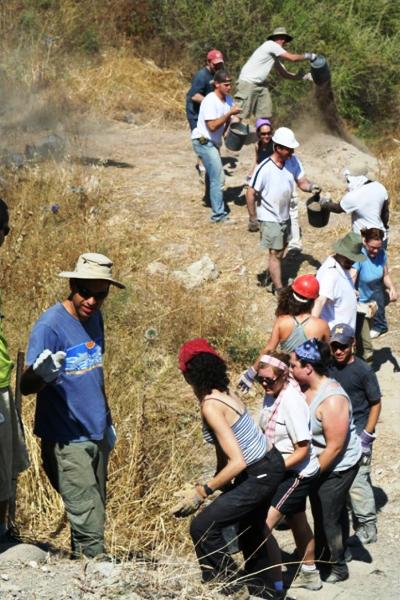![]()
The Words of the Hess Family
|
|
The Words of the Hess Family |

In America, when a house is on fire and a fire truck is not available, people stand in a line passing buckets of water. It is more efficient to pass the buckets than for individuals to run back and forth with each bucket. I was trying to find ways to get supplies to my family in Shiogama, not only for them, but also so they could help others. The delivery services are not operating. The roads are closed. The army controls who goes in and out. The trains are not running. There is not much gas for the cars.
The main problem is the route south to Tokyo, which passes by the nuclear plant. Aid workers are coming in across the mountains from the west, but the traffic is making it 5 times as long, and it is difficult to get enough gas for the trip back and forth. I thought about donkeys and camels, but there aren't many available in Japan. Probably the best option would be motorcycles, because they could make it around traffic, landslides and go on off-road detours where roads were damaged.
After looking at maps and satellite images, I decided the best route would be from Shiogama to Kitakami to Yokote to Akita. There is a domestic airport at Akita, and it has flights with Korean Air from Inchon. There is also a train from Akita to Morioka, but it is not running right now. The onslaught of foreign aid is probably going through an airport farther south on the west coast. I wanted to find a way that was not already bogged down with traffic, even though it is a farther distance.
For one person to go back and forth would be very difficult. But, if there were a number of people on the route who were willing to pick up the supplies and take them to a meeting point for the next person on the line, it would be possible. That way, each person spends a portion of the time and gas, and can get back home in a reasonable amount of time. So, the "bucket line" would be people who could use their cars or motorcycles to pick up a supply package, take it to the next town, and pass it to the next person in line, until it gets from Akita to Shiogama.
For the problem of getting in and out of the disaster area, I'm going to ask if the IRFF can help with their charitable aid status. But since my daughter's husband is Japanese, and a resident, he might not have a problem traveling to pick up supplies. He has a car, but many of the roads around their area are broken, so I hope somehow I can get a motorcycle to him; that would be much more efficient on gas also. And, a little faster; it was a 3 hour round trip for him to go on his bicycle from his home to Sendai.
I will have some money from relatives to buy some wholesale foods and ship them to Japan. I need help with getting them from Akita to Shiogama. If anyone knows Japanese members who live along the way, would be willing to help out, or have a motorcycle to sell, please let me know.
It seems that there is lots of aid going in according to the news, but in reality, it is getting there very slowly. Remember Haiti? We all watched as millions of dollars poured into aid programs but people sat in the streets with nothing. Now, there are already people waiting 4 hours in line for bottled water, they are rationing cooking gas to one container per person, and most of the stores in Sendai are either empty or closed. Takayuki said he expects a more critical time to come in about a month when people run out of rice and stores are sold out. Let's not "wait and see" if they get the roads opened up. The airport and sea ports were main routes into the area, and both have been damaged heavily and will take a long time to repair.
Though my efforts may take in a small amount of supplies, it will be better than nothing.
Please pass this on through your own emails and blogs, since many people may not look at these pages often. Email me if you can help or have any better ideas.
Thanks,
Patricia